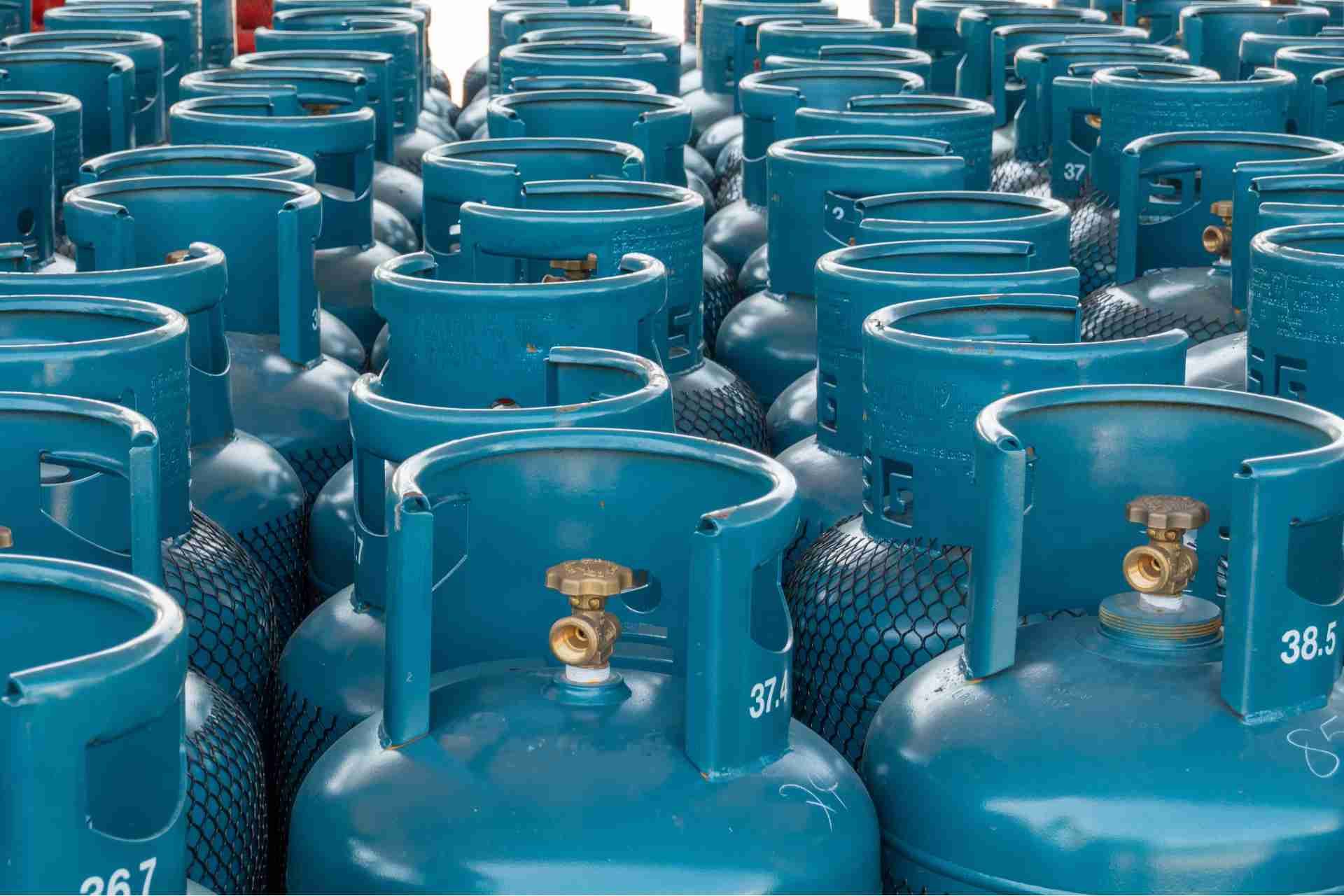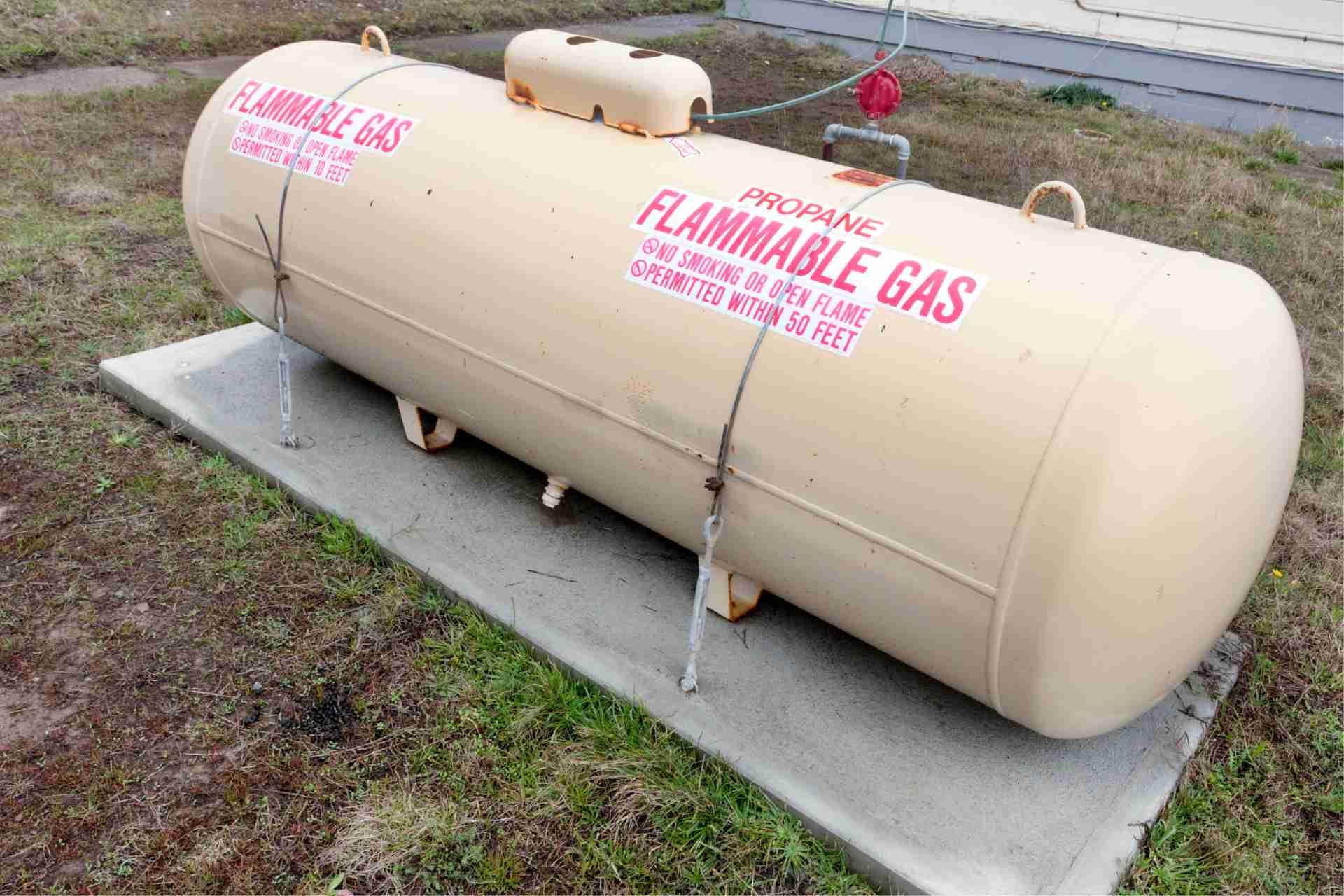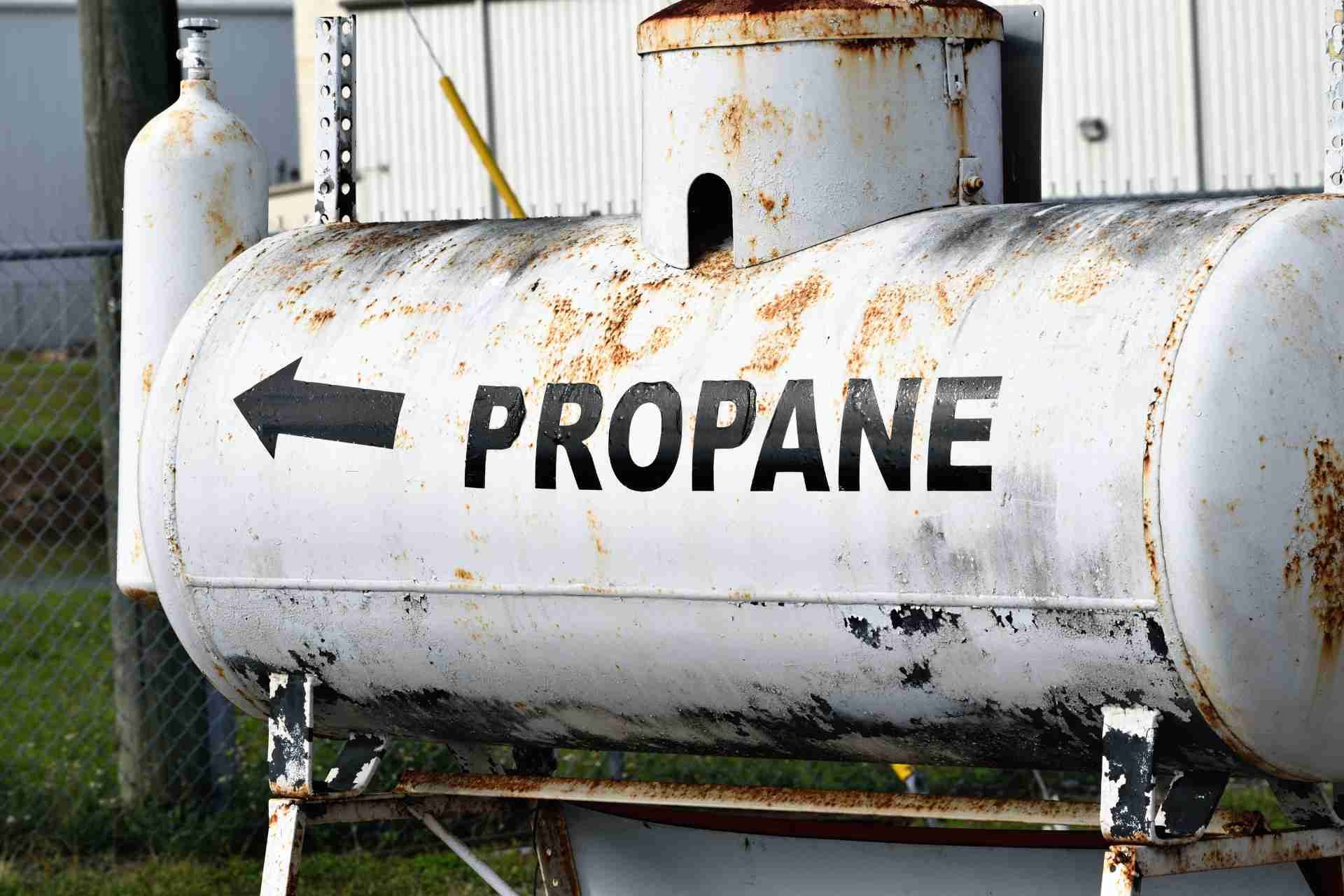The True Cost of Propane: What Determines Your Price per Gallon?
When it comes to propane, you might think the price per gallon is straightforward, but it's influenced by a mix of factors. Seasonal demand, market shifts, and even local competition can all play a part in what you pay. Plus, there are hidden costs in supplier contracts that can surprise you. Understanding these elements can help you make more informed choices about your propane usage. So, what really drives those fluctuating prices?
Seasonal Demand Fluctuations
As winter approaches, many homeowners find themselves reliant on propane for heating, which leads to noticeable seasonal demand fluctuations.
You may notice that your usage spikes as temperatures drop, causing your monthly bills to rise. This increase often occurs due to a combination of colder weather and longer nights, pushing you to use more energy for warmth.
You might find yourself scheduling deliveries more frequently, especially during peak months. It's essential to monitor your propane levels and keep an eye on usage to avoid unexpected shortages.
Planning ahead can help you manage costs and ensure you have enough fuel for those chilly nights. Staying informed about your consumption patterns will ultimately help you make smarter decisions regarding your propane needs.
Market Price Influences
While various factors can affect propane prices, understanding the market influences is crucial for managing your heating costs.
The global supply and demand dynamics play a significant role; when demand rises, prices often follow suit. Additionally, geopolitical events can cause fluctuations, impacting production and distribution.
Weather conditions also affect market prices; colder winters can lead to higher demand and increased costs. Furthermore, crude oil prices directly influence propane, as propane is a byproduct of natural gas processing and crude oil refining.
Lastly, competition among suppliers in your area can drive prices up or down, so it's smart to shop around. By staying informed about these market influences, you can better anticipate changes in your propane costs.
Transportation and Delivery Costs
Transportation and delivery costs can significantly impact the overall price you pay for propane. When you order propane, the distance from the supplier to your location plays a crucial role.
If you live in a remote area, you might face higher delivery charges due to increased fuel consumption and travel time for the delivery truck. Additionally, the supplier's logistics, including the efficiency of their routing and scheduling, can affect costs.
Seasonal demand can also lead to fluctuating delivery fees, particularly during colder months when usage spikes. Understanding these factors helps you anticipate how transportation and delivery expenses contribute to your propane bill.
Ultimately, being aware of these costs can help you make informed decisions about your propane supplier.
Local Competition and Pricing Strategies
Understanding the dynamics of local competition can greatly influence the price you pay for propane. In areas with multiple suppliers, you'll likely find more competitive pricing. Each company wants your business, so they may offer discounts or promotions to attract you.
It's wise to shop around and compare prices, as one company's rate might be significantly lower than another's. Additionally, consider the service quality and reliability of each supplier, as these factors can justify a higher price.
Some companies may also employ pricing strategies like volume discounts, encouraging you to buy in bulk. By staying informed about your local market, you can make smarter choices and potentially save money on your propane costs.
Supplier Contracts and Pricing Structures
When exploring your options for propane, it's important to consider the terms of supplier contracts and their pricing structures. Different suppliers offer varied contracts, ranging from fixed-rate agreements to variable pricing.
A fixed-rate contract locks in your price per gallon for a set period, providing stability and predictability in costs. On the other hand, variable pricing can fluctuate based on market conditions, potentially saving you money during low-demand periods but also risking higher costs during peak times.
Additionally, watch for hidden fees, delivery charges, and minimum purchase requirements in your contract. Understanding these elements helps you make informed decisions, ensuring you choose the best supplier that meets your needs and budget effectively.
Global Economic Factors and Trends
As global economies continue to shift, the propane market is influenced by various international factors and trends.
You'll notice that fluctuations in crude oil prices directly affect propane costs, as they often rise and fall together. Additionally, geopolitical tensions can disrupt supply chains, leading to price spikes.
Demand for propane also varies seasonally; colder winters mean higher heating needs, impacting your costs. Trade policies and tariffs can further complicate pricing, especially if you rely on imports.
Lastly, shifts toward renewable energy sources can influence propane's market position. Staying informed about these trends can help you anticipate price changes and make smarter purchasing decisions.
Understanding the global landscape is crucial for managing your propane expenses effectively.
Conclusion
Understanding the true cost of propane goes beyond just the price you see at the pump. By considering seasonal demand, market trends, transportation fees, and local competition, you can make informed choices. Don't forget to review your supplier contracts carefully, as they can include hidden fees that affect your overall cost. Staying aware of these factors helps you manage your propane expenses better, ensuring you get the best value for your heating needs.










